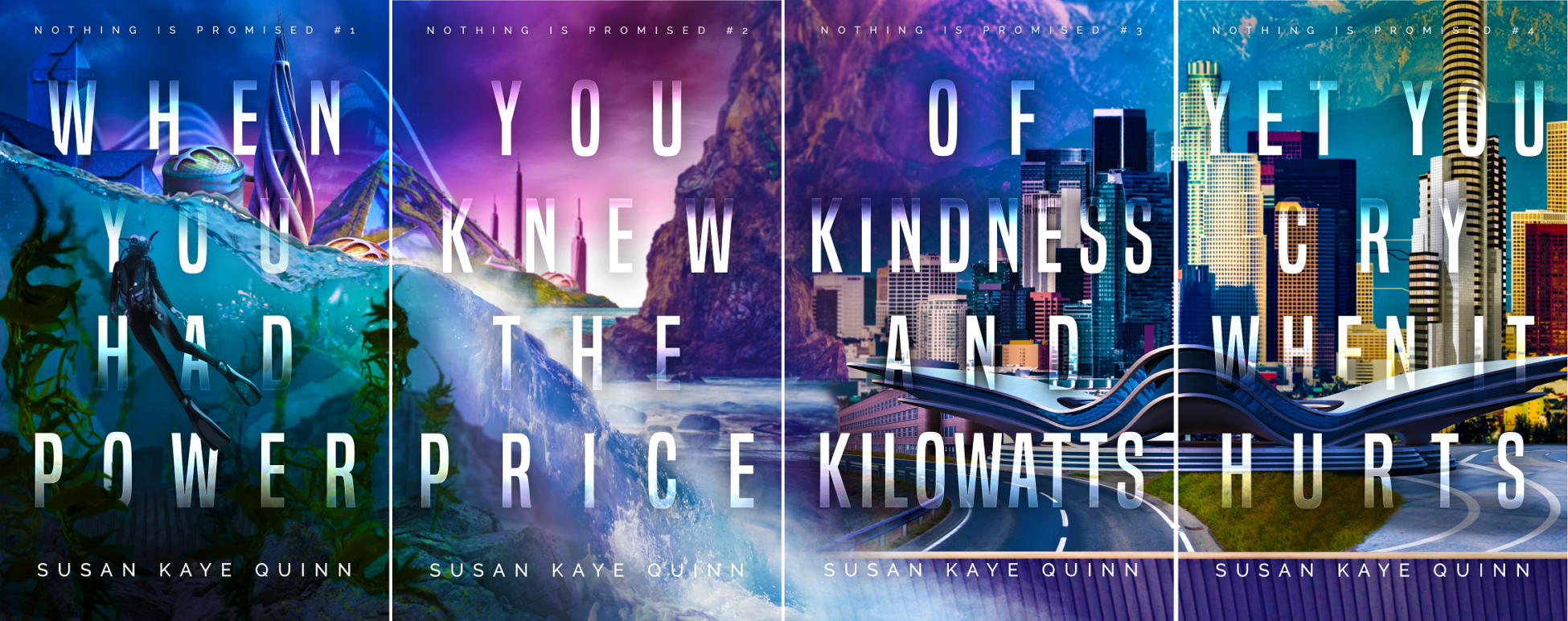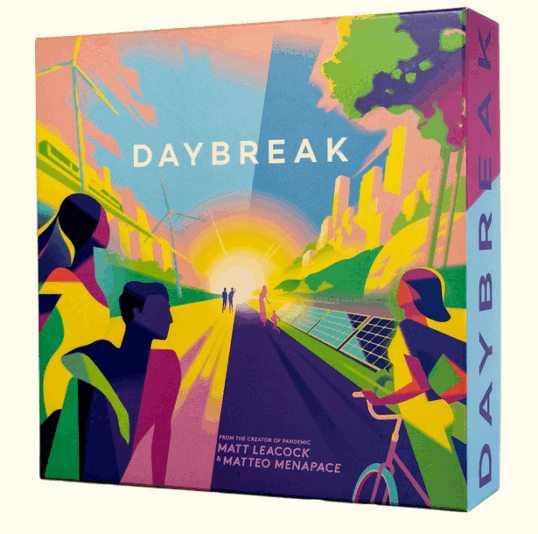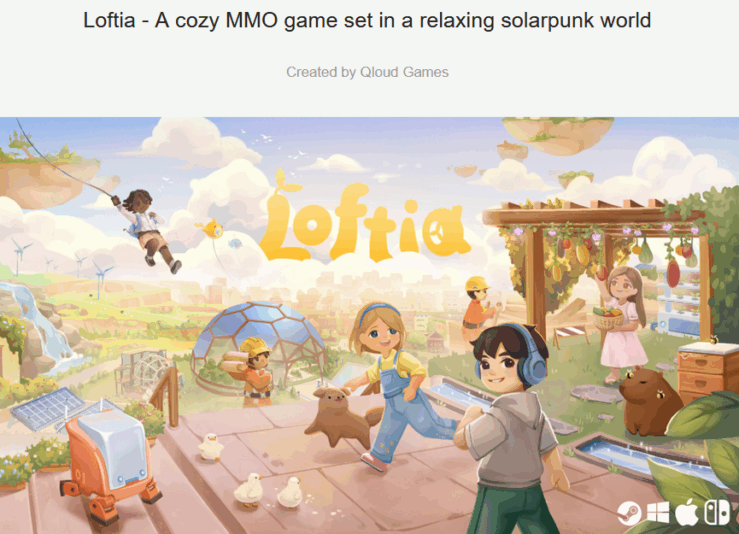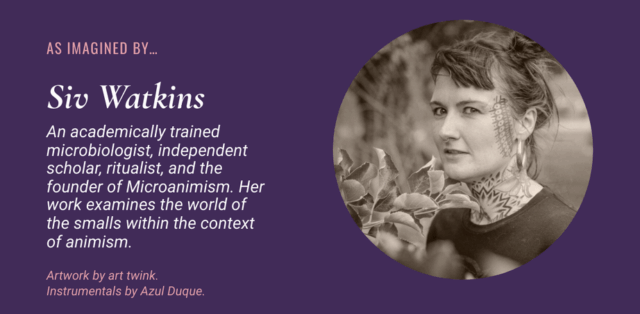
Susan Kaye Quinn
Forum Replies Created
-
I love this. I’m always tempted to say “I’m not a gamer” but then I love tabletop cooperative games with a fierce passion. Over the holidays, I played DAYBREAK with the fam (a game I helped kickstart and is finally available for purchase) and it was fantastic.
My kid: “Mom has been preparing us to play this game for six years.”
(“Daybreak is a cooperative boardgame about stopping climate change. It
presents a hopeful vision of the near future, where you get to build the
mind-blowing technologies and resilient societies we need to save the
planet.”–designed by the creator of Pandemic)I also backerkit (is this a verb??) a record-breaking solarpunk cozy game (Loftia) that’s still in production but also points out how building community around *a game* is another way to engage people in the conversation about a better world (there are 40k people in their Discord!).
As Tory says, we should meet people where they are. But also: I’m all about people working local (to their physical area but also “local” in the sense of “within your talent wheelhouse”) and I’m seeing that happen a LOT. People are bringing their talents to the climate fight in the work/play spaces they already occupy.
Even the fact that eco-gaming brings awareness to the energy consumption of our online-ness is great.
Games are recreational for me but I see them as storytelling sisters that are joining the fight.
-
Susan Kaye Quinn
MemberOctober 28, 2023 at 12:13 pm in reply to: Welcome to the Climate Imaginarium!Hey everyone! Exciting to see this roll out!
My background is in science and engineering (a range of degrees including environmental engineering, PhD studying aerosol formation and climate change, post-doc at NCAR, National Center for Atmospheric Research), but I’ve since become a speculative fiction author: novels, short stories, most recently screenwriting.
I’ve been a full-time writer for a dozen years, but for the last five, I’ve been exploring different ways to tell story — eschewing the Hero’s Journey, shifting the narrative from “extreme individualism” to collaboration, developing a “New Mythos” (h/t PJ Manney) to counter the destructive old mythos that shape our unsustainable reality.
Since 2020, I’ve focused on near-future climate storytelling, trying to shine a light on the path forward, imagineering a way out of the polycrisis. I’ve published novels and short stories to that effect (plus a recent non-fiction piece in DreamForge magazine about hopepunk). My current project is a TV pilot about a group of climate activists in a near-future (2041) Houston, trying to heal the world while healing the quiet catastrophes of their personal lives.
One of my deep wells of hope — the things that keep me going — is seeing initiatives like this popping up, all over, in a range of forms. So many of us are not willing to sit around, waiting for the apocalypse to wipe the slate clean, before we find ways to fix the world. We’re doing our part, with our skills, in our places, to rewrite the future into one we want to live in.
I’m excited to be in this generative space with all of you.
-
Susan Kaye Quinn
MemberFebruary 19, 2024 at 5:38 pm in reply to: Entangled Life by Merlin SheldrakeWonderful group discussion, once again!
I mentioned the 10 week Alchemize program I’m halfway through (put on by Green Dreamer podcast, a program about groundedness and creativity): there were two sessions that really spoke to our connections with the non-human, both interior and exterior, and the porousness of the boundary between.
Gavin Van Horn talks about “kinning” a practice of “re-membering” that we’re in community with the non-human world. “Gavin Van Horn, Ph.D Executive Editor at the Center for Humans and Nature
and leads the Book Series for the Center for Humans and Nature Press.
He is the co-editor, with Robin Wall Kimmerer and John Hausdoerffer, of
the five-volume series, Kinship: Belonging in a World of Relations; and
the author of The Way of Coyote: Shared Journeys in the Urban Wilds.”
https://www.greendreamer.com/podcast/gavin-van-horn-center-humans-nature
https://storyforager.com/Siv Walkins goes interior, talking about “the smalls”, the multitudes that live inside us. “Siobhán (Siv) Watkins is an academically trained microbiologist,
independent scholar, ritualist, and the founder of Microanimism.”
https://www.microanimism.com/about-siv-watkins
https://www.greendreamer.com/podcast/siv-watkins-microanimism -
Susan Kaye Quinn
MemberFebruary 7, 2024 at 10:35 am in reply to: Ministry for the Future by Kim Stanley RobinsonI’m glad to see you (Michael) put Carbon Coin and geoengineering both in the same bucket, because I have the same (negative) feelings about both of them. I see people get excited about these (and I do think of them as “technofixes”) because they think implementing them is “easier” than, say, wholesale change of the energy system or other social changes. Notably, neither of those requires any (substantial) change to the status quo of capitalism or even a fossil fuel usage. And they’re framed (especially geoengineering) as something we have to try because we’re “desperate” (but not desperate enough to have a wholesale reconfiguration of economies). I don’t have expertise to say what the risks are with a Carbon Coin, but one of the older geoengineering concepts (pumping sulfate aerosols in the atmosphere) is literally what I did my PhD research on — and I feel very safe in saying that humanity is nowhere near smart enough to do this without terrible unforeseen consequences. So that’s the side-eye I bring to almost any geoengineering proposal (and Carbon Coin feels like financial geoengineering): that it will cost an ungodly amount of money, has tremendous risks, and is fixing the wrong thing (while enabling the status quo to continue).
Or we could just build out renewables and outlaw stock buybacks. 🙂
-
Susan Kaye Quinn
MemberJanuary 31, 2024 at 2:46 pm in reply to: Ministry for the Future by Kim Stanley RobinsonI looked through my notes, trying to find where I heard KSR walking back the Carbon Coin… and couldn’t find any links, just my notes about it. Separately, I did find this interview (https://www.youtube.com/watch?v=z6E34AYmY6A) where he was clear that he didn’t believe in blockchain or crypto as being “the answer.” And that people assume he endorses everything in the books, but he definitely doesn’t (especially the violence, but I think that was the context that I heard him caveat the Carbon Coin as well).
It was the part of the book I was least fond of — not that I have any hesitation about discussing money (or monetary policy) in the context of climate, but Carbon Coin felt way too much like a magic pill, a “tech will save us” (in this case money-tech) solution. Especially with how excited people got about it, I can see how KSR would be uncomfortable with that. Regardless, it’s certainly an idea that’s out in the wild and has (*cough*) currency now. And that’s fine. As KSR also has said many times, it’s an “all hands on deck” situation, so we have to consider all the options (I just hope we’ll reject the bad ones).
youtube.com
Kim Stanley Robinson | Climate Futures: Beyond 02022
Long Now continues our dialog with the acclaimed writer Kim Stanley Robinson around COP26 and his most recent book "The Ministry for the Future". Tickets for...
-
Susan Kaye Quinn
MemberJanuary 24, 2024 at 2:29 pm in reply to: Ministry for the Future by Kim Stanley RobinsonGreat summary! And such a pleasure to be in conversation with everyone.
As an alternative to the hero’s journey, I mentioned Gail Carriger’s Heroine’s Journey, which talks about a different (not gendered) narrative structure where the protagonist’s connection to family and community is broken and the arc of the story is about rebuilding community/family, making allies, compromise not revenge, and ultimately reconnection as the goal. Highly recommend.
I’m also going to look up Ghosh’s 2019 novel Gun Island (recommended by Holden), that I’m hoping is his personal response to his own critique of the lack of capital-L literature engaging with the Anthropocene, especially with stories of collective (in The Great Derangement).
Anand also mentioned Ursula K. LeGuin’s Carrier Bag of Fiction, which is a very short essay that I re-read often, almost as a devotional, my little purple copy with a preface by Donna Haraway that is likewise powerful. “It is hard to tell a really gripping tale of how I wrested a wild-oat seed from its husk, and then another and then another…” but it’s precisely this story of building and care that needs telling. This collective story of all of us, our parts in surviving the Anthropocene and possibly rescuing the future from disaster… the stories that got us into this mess are unlikely to be the ones that get us out.





